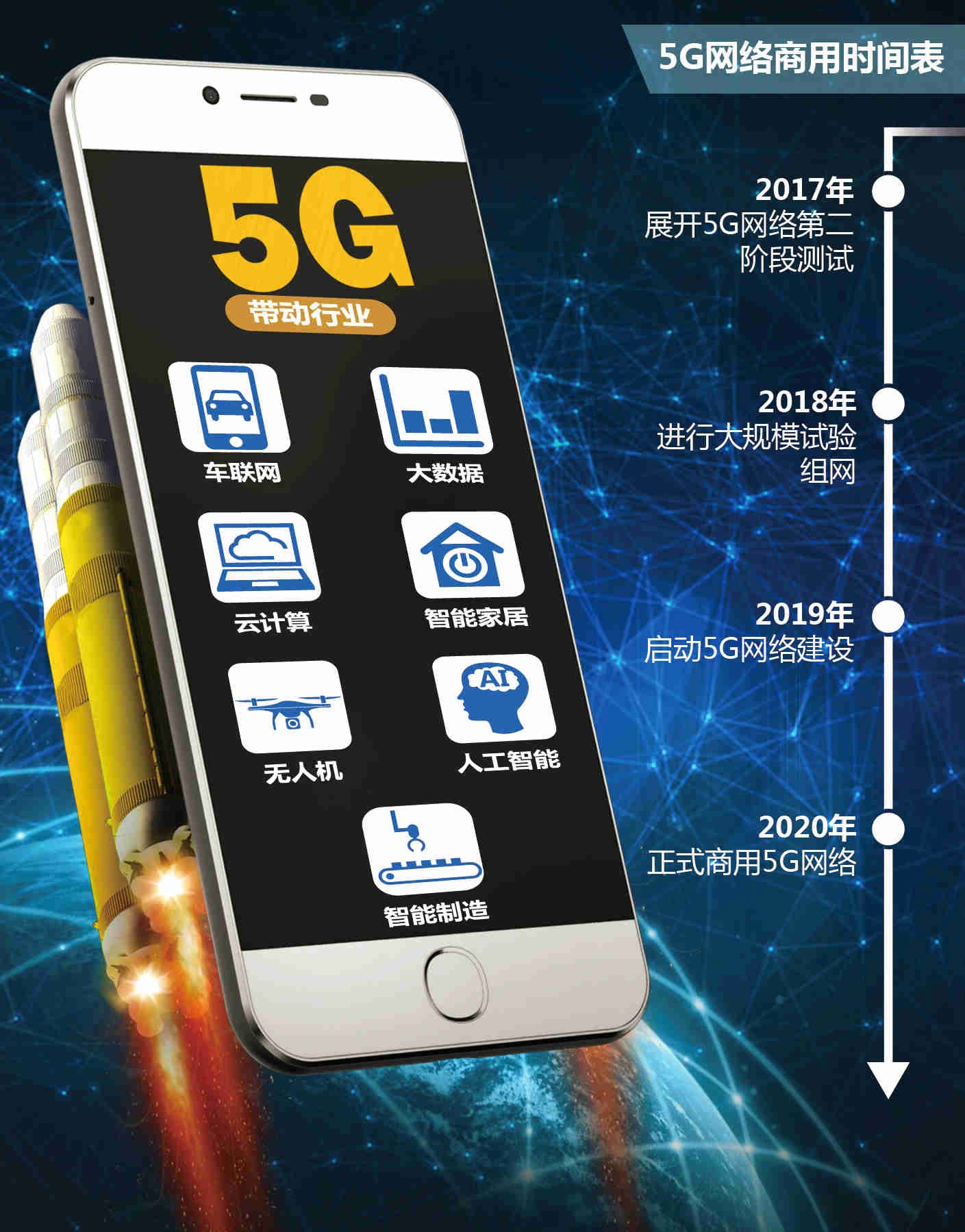As 5G, or the fifth generation mobile network, continues to spark the imagination of the world ahead of making what is expected to be a great impact on people's lives, various companies and telecommunication service providers around the world are competitively setting out their 5G plans and projects.
Some are truly promising, while others need to be taken with a pinch of salt, after perhaps being too eager to be the first to offer the next generation.
AT&T, a US multinational telecommunications conglomerate, was heavily mocked as it launched its so-called 5G plan - 5G Evolution - on Tuesday.

The AT&T store in New York's Times Square /Reuters Photo
The Texas-based company announced at a press conference that it is going to “pave the way for the next generation of faster speeds” with the rollout of its 5G Evolution. Starting from its base in Austin, Texas, AT&T will offer its wireless consumers the latest devices in over 20 major urban areas by the end of this year, which should be capable of accessing the next level of ultrafast network speeds.
“Our 5G Evolution in Austin gives our customers a taste of the future,” said David Christopher, chief marketing officer of AT&T.
However, many people straight away did not buy that, mocking it as a “fake” 5G network. With a closer look at the details, it is hard to see the actual benefits of the new plan.
Firstly, to be part of the 5G Evolution, you have to live in the certain parts of Austin, Texas and other neighborhoods covered by AT&T’s plan, like Indianapolis, Atlanta, Boston, Chicago, Los Angeles or San Francisco. Secondly, you should have a Samsung Galaxy S8 or S8+ (sorry, no other devices).
If you are lucky enough to meet these two conditions, then you will be qualified to enjoy speeds up to twice as fast as the current 4G LTE network, which is far slower than the real 5G network that promises speeds that some estimate could be quick enough to download an entire HD movie in less than a second.
While AT&T is making waves - and perhaps attracting attention for the wrong reasons - China is also making solid strides in its own development of 5G technology.

The timetable showing China's plan for 5G technology /CFP Photo
China’s Ministry of Industry and Information Technology (MIIT) said that China would finish a second testing stage of 5G technology by the end of this year at a press conference on Wednesday.
Wen Ku, deputy director of the Department of Information and Communications Technology Development of MIIT, said at the press conference in the State Council Information Office that China has made big improvements recently, and is now in its second phase of testing 5G.
China started research on 5G technology at the end of 2012, and successfully completed its first testing stage last September. It is now in the second stage, where the integration level and feasibility of the technical solutions are more focused. Field experiments are being carried out in Huairou district in north Beijing, with design work completed on 30 communication stations.

5G technology is set to bring virtual reality to people's lives. /CFP Photo
The next step for China is to implement the second-stage development testing and strengthen efforts on development, innovation and global cooperation, actively promoting the formation of a worldwide 5G standard.
5G technology is set to raise network speeds by 1,000 times and bring virtual reality, holographic images and other new experiences to people’s lives. China is expected to complete tests on key technologies in 2018, and will commercialize its 5G network by 2020.









